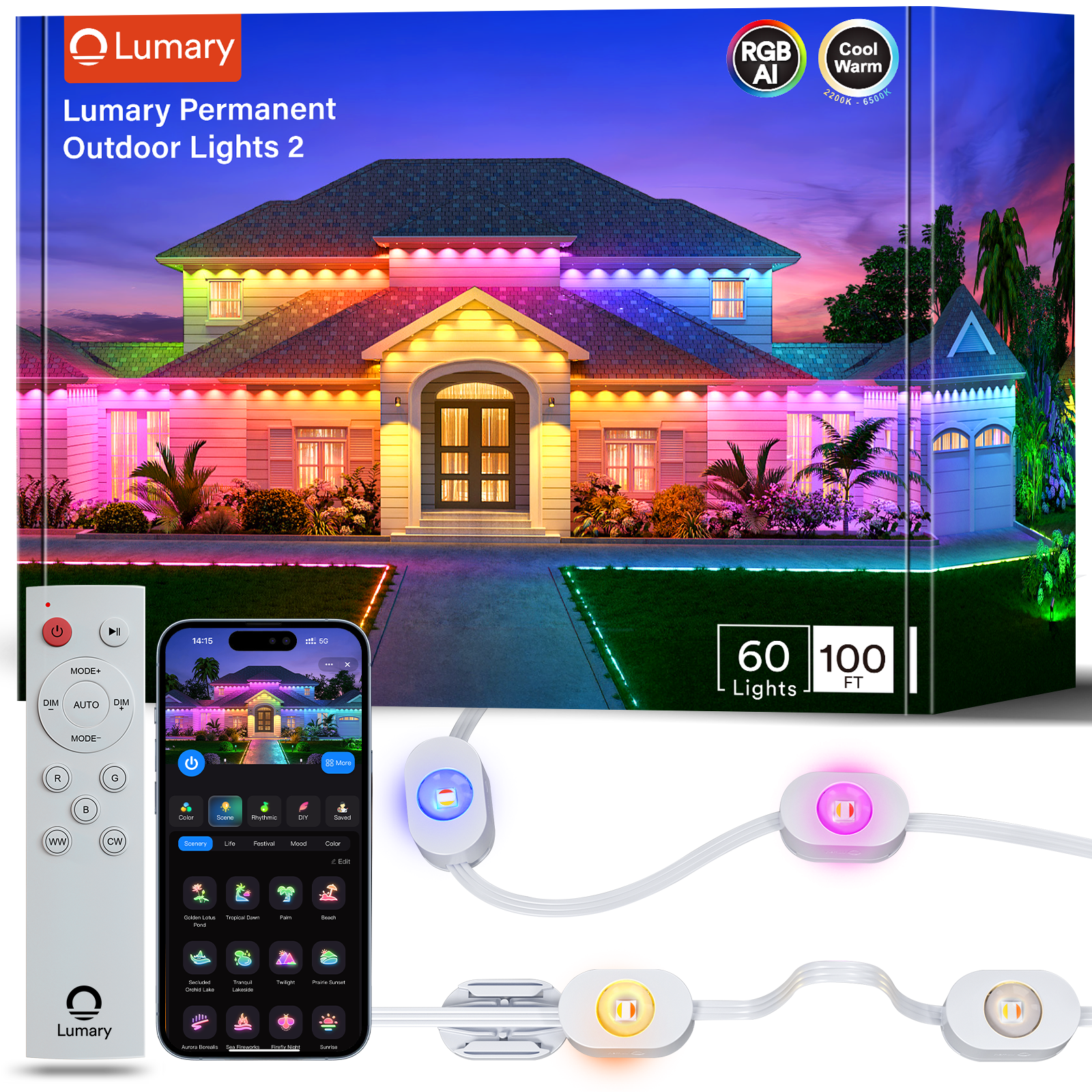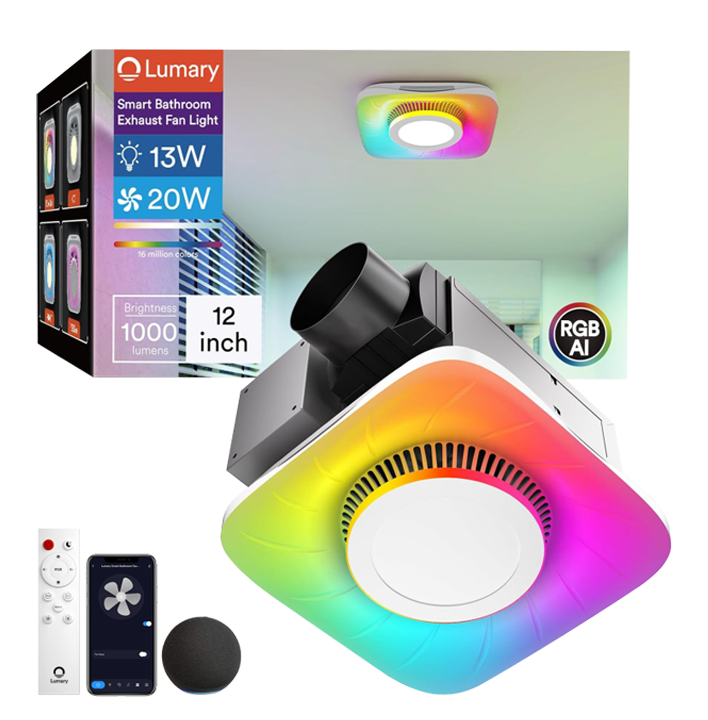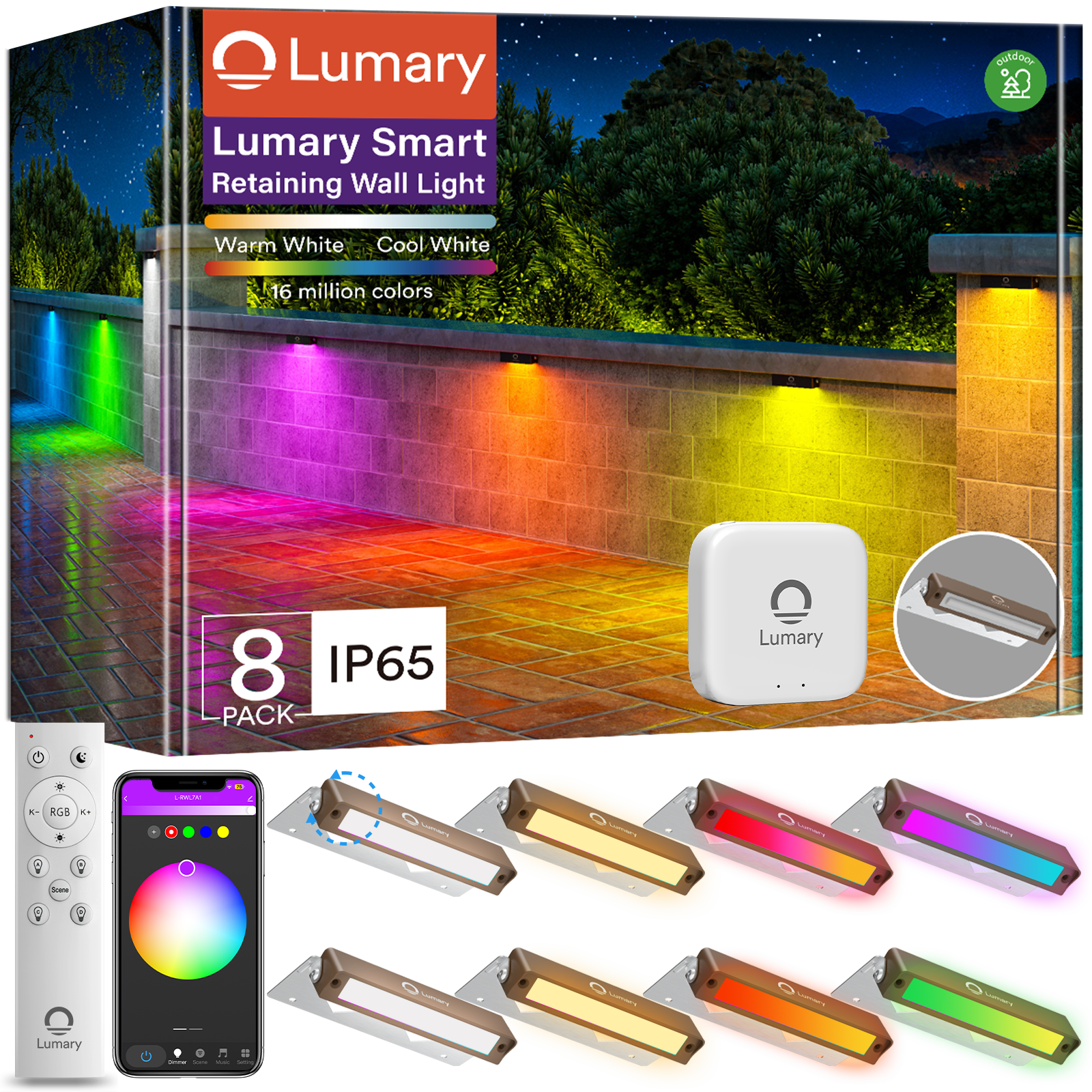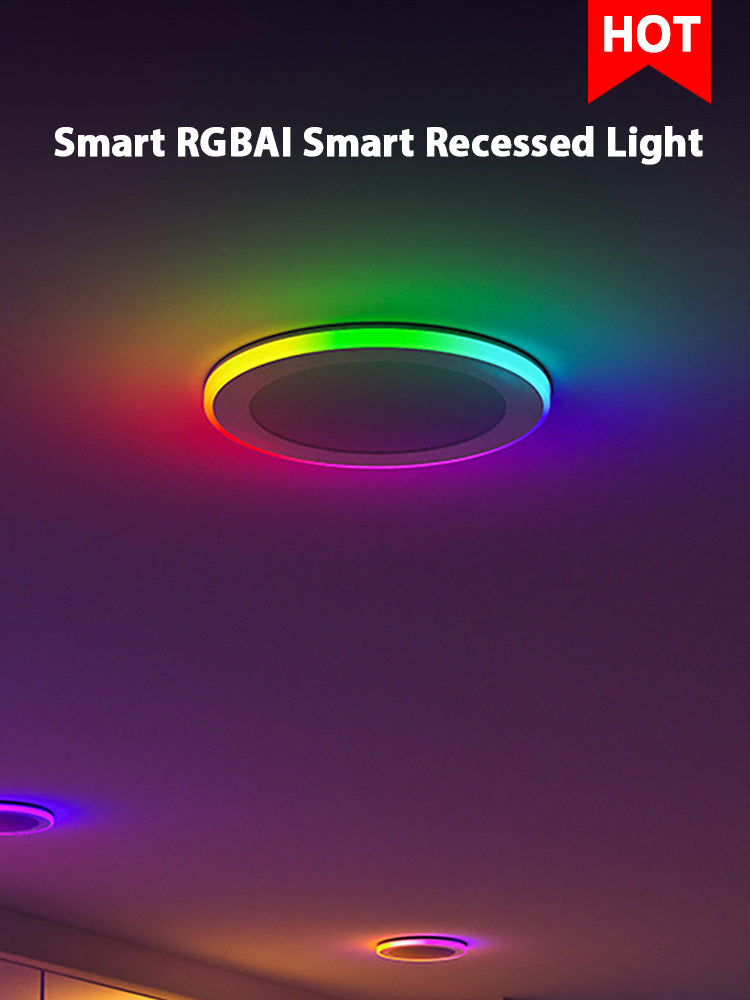You might think installing permanent outdoor lights is tough, but you can handle it yourself. With the right tools and a little patience, you’ll boost your home’s curb appeal and make it safer. Studies show that good outdoor lighting helps people feel safer and deters unwanted visitors. Permanent house lights also offer year-round convenience, so you won’t have to climb ladders every season. Ready to upgrade your space? Let’s get started!
 Key Takeaways
Key Takeaways
-
You can put up permanent outdoor lights by yourself. You need the right tools and a good plan. This upgrade makes your home look better. It also makes your home safer.
-
Pick the best spots for your lights. Make sure the lights are not too close to walls. This helps stop glare and keeps the light even.
-
Pick strong materials for your lights. Aluminum and stainless steel last longer in bad weather. They are better than plastic.
-
Be careful when you put in the lights. Always turn off the power first. Check the wires before you start. Use waterproof connectors to stay safe.
-
Take care of your lights to keep them bright. Clean them often and check for any damage. Change the bulbs when they stop working.
Planning Your Permanent Outdoor Lights
Assessing Your Home’s Exterior
You want your permanent outdoor lights to look great and last a long time. Start by walking around your house and looking at the walls, rooflines, patios, and fences. Think about what you want to highlight. Do you want to make your walkway safer? Maybe you want to show off your garden or create a cozy spot for gatherings. Check if your surfaces are smooth and clean. Dirt, mold, or dust can make it hard for adhesives to stick, so grab a cloth and clean the area before you start. If you live in a sunny or coastal area, look for lights with anti-UV coatings and waterproof ratings like IP65 or IP67. These features help your lights stand up to rain, sun, and snow.
Tip: Choose lights made from strong materials like aluminum or stainless steel. They last longer and handle tough weather.
Choosing Lighting Locations
Picking the right spots for your permanent outdoor lights makes a big difference. Most people light up rooflines, patios, fences, and garden paths. You can use uplighting to show off trees or cool parts of your house. Downlighting gives a soft glow and helps people see where they’re going. Wall lamps work well near doors and pathways. String lights add a fun touch for parties. Solar lights are great for garden nooks and paths. Try to balance your lights so no area is too dark or too bright. Don’t put too many lights in one spot, or you might get glare. Leave 2-4 inches between the lights and the wall for the best look and easy removal if your HOA asks.
Note: Always check your HOA rules before you install. Some neighborhoods have rules about brightness, color, and where you can put lights. You might need to submit a plan for approval.
Determining Power Sources
You have a few choices for powering your permanent outdoor lights. Here’s a quick look:
|
Power Source |
Pros |
Cons |
|---|---|---|
|
Hardwired |
Powerful, clean look, no visible transformers |
Needs an electrician, costs more, hard to change later |
|
Low-Voltage |
Safer for DIY, flexible, affordable |
Needs an outdoor outlet, limited run length |
Most DIYers pick low-voltage systems because they’re safer and easier to install than professional outdoor lighting installation. Make sure you have an outdoor outlet nearby. Plan your wiring so it doesn’t block walkways or create tripping hazards. If you use extension cables, check that they’re waterproof and rated for outdoor use.
Cleaning surfaces before installation helps your lights stick better and last longer. Take a few minutes to wipe down the area, and you’ll avoid problems later.
 Choosing Permanent House Lights and Materials
Choosing Permanent House Lights and Materials
Types of Permanent Outdoor Lights
There are many kinds of permanent outdoor lights. Each kind can make your home look different. Here are some popular choices:
-
LED string lights use less power. They come in many shapes and colors. People use them for holidays and all year.
-
Incandescent lights give a classic style. Many people like them for old-fashioned displays.
-
Solar-powered lights get energy from the sun. You do not need wires or outlets for these.
-
Smart lights connect to Wi-Fi. You can change their color and set timers. You can use your phone to control them.
If you want your house to stand out, try Lumary Permanent Outdoor Lights 2. These lights use RGBAICW 5-in-1 LED technology. You can pick from millions of colors and bright white lights. The slide-base design makes them easy to put up and take down. You can use 3M adhesive, clips, or screws to keep them in place. There are over 55 scene modes and smart app control. You can set the mood for any event. You can control each light with your voice or the Lumary app.
Tip: Smart control lets you set times, change colors, and match your lights to holidays. You can do this from your phone or with your voice.
Tools and Materials Checklist
Choosing the right materials helps your lights last longer. Weatherproof and strong materials are best. Here is a quick guide:
|
Material |
Durability |
Weather Resistance |
Heat Dissipation |
Recommendation |
|---|---|---|---|---|
|
Aluminum |
Excellent |
UV resistant |
Superior |
|
|
PVC/Plastic |
Moderate |
Corrosion resistant |
Less effective |
Budget option |
Before you start, gather these tools and materials:
-
Drill and screwdrivers for putting up lights
-
Pliers for holding and cutting wires
-
Tape measure for spacing your lights
-
Safety goggles and gloves to protect yourself
-
Sturdy ladder for high places
-
Level to keep your lights straight
-
Alcohol pads to clean before sticking
-
Power adapter, control box, extension cables, light clips, screws, extra adhesive stickers, and mounting hardware (these come with Lumary permanent outdoor lights)
-
Quick start guide for easy setup
Using good tools and materials makes your lights safer and stronger. You will not have to fix them as much later. Lumary lights are made for all weather, have smart features, and look good any time of year.
 Installation Steps for Permanent Outdoor Lights
Installation Steps for Permanent Outdoor Lights
Preparing the Installation Area
Getting your home ready for permanent outdoor lights makes the whole process smoother. Here’s how you can set yourself up for success:
-
Clear your driveway and walkways. You want plenty of space to move your ladder and tools.
-
Make sure your garage or storage area is easy to access. You might need to grab extra supplies or tools.
-
Check that your lighting control panel has a strong Wi-Fi signal. This helps your smart features work without trouble.
-
Find a dedicated power outlet for your control box. This keeps your system running safely.
-
Clean all surfaces where you plan to install lights. Use alcohol pads or a damp cloth to remove dirt and dust. Clean surfaces help adhesive and mounting tape stick better.
-
Have someone nearby to help with setup, especially if you need to finalize the control panel or app connection.
Tip: Always keep kids and pets away from your work area. This keeps everyone safe and helps you focus.
Mounting and Securing Lights
Now you’re ready to start mounting your permanent outdoor lights. The Lumary Permanent Outdoor Lights 2 come with a slide-base design, which makes installation and removal easy. You can use 3M adhesive, clips, or screws, depending on your surface.
Here are some best practices for different surfaces:
-
Use all-in-one clips for asphalt roofs and gutters. These clips make installation safe and simple.
-
For vinyl siding, try vinyl siding hooks. These hooks hold lights without damaging your home.
-
Secure lights to railings or porches with plastic zip ties. Zip ties keep your lights stable.
-
For columns or pillars, Command-brand strip clips work well with lightweight rope lights.
-
If you have rough surfaces like brick or wood, a hot glue gun can help your lights stay put.
-
Outdoor mounting tape works best on smooth, clean surfaces.
Note: Always leave 2-4 inches between your lights and the wall. This space helps with airflow and makes removal easier if you need to take the lights down.
If you need to cut or splice your Lumary lights, follow the manufacturer’s instructions. Only cut at marked points. Use waterproof connectors to join sections. Never cut or connect wires while the power is on.
Wiring and Testing
Wiring is a key part of permanent led light installation. Safety comes first, so follow these steps:
-
Shut off power before you start any wiring. This prevents electrical shocks.
-
Inspect all plugs, cords, and wires for damage. Replace anything that looks worn or frayed.
-
Use tools with rubber handles and wear rubber-soled shoes for extra protection.
-
Only use GFCI outlets outdoors. These outlets protect you from electrical hazards.
-
Use waterproof connectors and junction boxes to keep moisture out.
-
Choose UF-B cable for any underground wiring. This cable lasts longer and keeps your system safe.
-
Test wires with a voltage tester before you touch them.
-
Keep outdoor electrical products plugged in only when you use them. Never leave them unattended.
Safety Alert: Improper wiring can cause electrical shocks, short circuits, or even fires. Always double-check your work and use the right insulators.
Once you finish wiring, it’s time to test and program your lights. The Lumary app makes this easy:
-
Download the Lumary app and create an account.
-
Plug in your control box and connect it to your Wi-Fi network.
-
Open the app and follow the steps to add your new device.
-
Use the app to control each light, set colors, and create scenes.
-
To use voice control, open your Alexa or Google Home app. Add a new device and select Lumary from the list. Follow the prompts to link your lights.
-
Try a voice command like, “Hey Alexa, turn on the patio lights,” to check if everything works.
-
You can also use the remote control. Pair it with your lights by following the quick start guide. Use the remote to turn lights on or off, change colors, and adjust brightness.
If you ever need to reset your Lumary lights, press and hold the reset button on the control box for a few seconds. The lights will blink, and you can set them up again.
Tip: If a light doesn’t turn on, check your connections and make sure the app is updated. Sometimes, unplugging the control box and plugging it back in can fix small issues.
With these steps, you can handle diy permanent outdoor lighting installation like a pro. You don’t need professional outdoor lighting installation to get great results. Permanent house lights like Lumary make it easy to upgrade your home and enjoy smart, colorful lighting all year.
 Troubleshooting and Maintaining Permanent House Lights
Troubleshooting and Maintaining Permanent House Lights
Common Installation Issues
You might run into a few problems when you set up your permanent house lights. Most issues are easy to fix if you know what to look for. Here’s a quick table to help you spot common mistakes:
|
Installation Issue |
Description |
|---|---|
|
Choosing the Wrong Type of Outdoor Lighting |
Lights may look too harsh or uneven. |
|
Ignoring Proper Fixture Placement |
You could end up with dark spots or areas that are too bright. |
|
Overlooking Light Direction and Glare |
Lights aimed the wrong way can cause glare and make your space uncomfortable. |
|
Skipping Voltage and Load Planning |
Lights may be dim or not work at all if you don’t plan for voltage limits. |
|
Neglecting Weatherproofing and Electrical Safety |
Using indoor lights outside can cause failures when exposed to rain or snow. |
If your lights don’t work after installation, try these steps:
-
Unplug the power adapter and plug it back in. Sometimes, this resets the connection.
-
If some lights still don’t glow, unplug everything, check each connection, and reconnect all parts. Make sure every piece fits tightly.
Tip: Always check that your outlet works and that your connections are secure before you start troubleshooting.
Fixing Loose Fixtures
Loose fixtures can happen over time, especially after storms or windy days. You can fix them quickly:
-
Tighten screws and clips with a screwdriver.
-
Replace any broken clips or zip ties.
-
Check for cracks in the mounting base and swap out damaged parts.
-
Make sure all wires are tucked away and not exposed.
Routine inspections help you catch problems early. If you see flickering or dimming, address it right away to prevent bigger issues.
Cleaning and Replacing Bulbs
Keeping your lights clean helps them shine bright and last longer. Here’s what you can do:
-
Wipe lights with a soft cloth and mild soap every few months. Avoid harsh cleaners that can scratch the surface.
-
Inspect your lights every three months. Look for loose screws, damaged wires, or cracks.
-
Replace bulbs every 5-10 years, depending on your climate and the quality of your fixtures.
Note: Regular cleaning and inspections keep your pathways safe and your home looking great.
Lumary lights are built for all-weather reliability. They handle rain, snow, and temperature swings from -4°F to 140°F. The anti-UV materials and waterproof design mean you spend less time worrying about maintenance and more time enjoying your outdoor space.
You’ve learned how to plan, install, and maintain permanent outdoor lights all by yourself. Take a moment to enjoy your upgraded home and the new curb appeal. If you want your lights to look professional, try these tips:
-
Inspect wiring every year.
-
Tighten loose screws.
-
Replace bulbs when needed.
Share your story! Many homeowners post reviews, write blogs, and talk about their lighting projects online. Got questions? Drop them below and join the conversation.
FAQ
How much do Lumary Permanent Outdoor Lights cost?
The price depends on the size and features you pick. Most kits cost about $150 to start. You might find lower prices during holiday sales. Look at Lumary’s website or trusted stores for the latest prices.
Where can I buy Lumary Permanent Outdoor Lights 2?
You can buy Lumary lights from the Lumary website. They are also on Amazon and other online shops. Always buy from official sellers to get real products and a warranty.
How long do Lumary outdoor lights last?
Lumary lights can last up to 50,000 hours. You will not need to change them often. Their weatherproof design keeps them working in rain, snow, and heat.
Are permanent outdoor lights worth it?
Yes! You save time and work every season. Permanent lights make your home look better, keep it safer, and let you decorate for any event with one tap.
How do Lumary lights compare to other brands?
Lumary lights have smart controls, many colors, and strong weatherproofing. They are easy to install, work with voice control, and are reliable. Many people like Lumary for its features and how long it lasts.

















